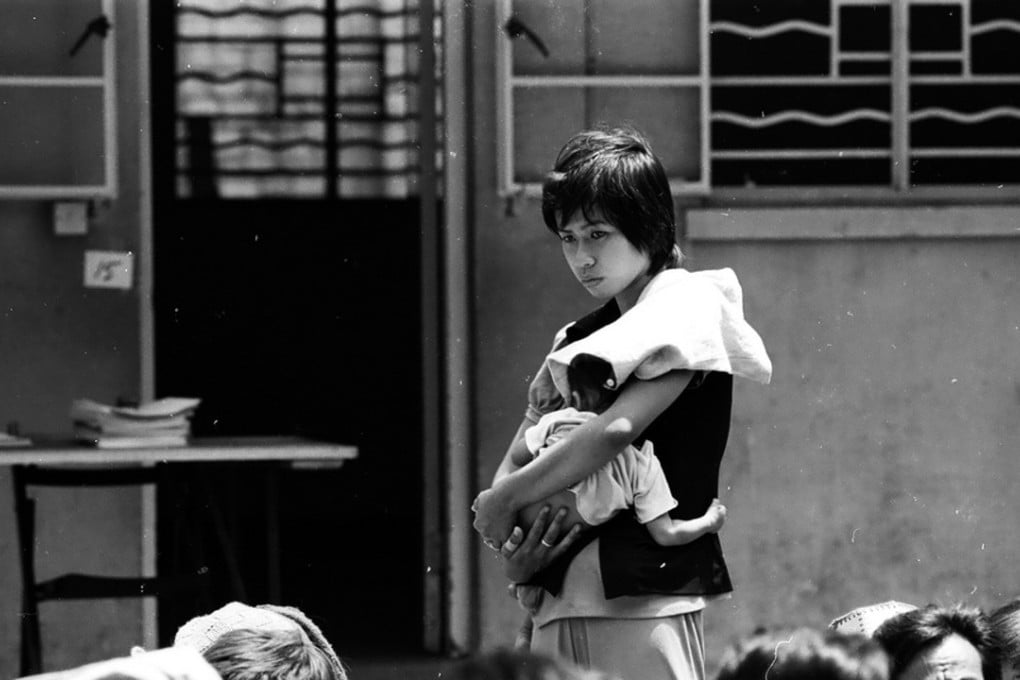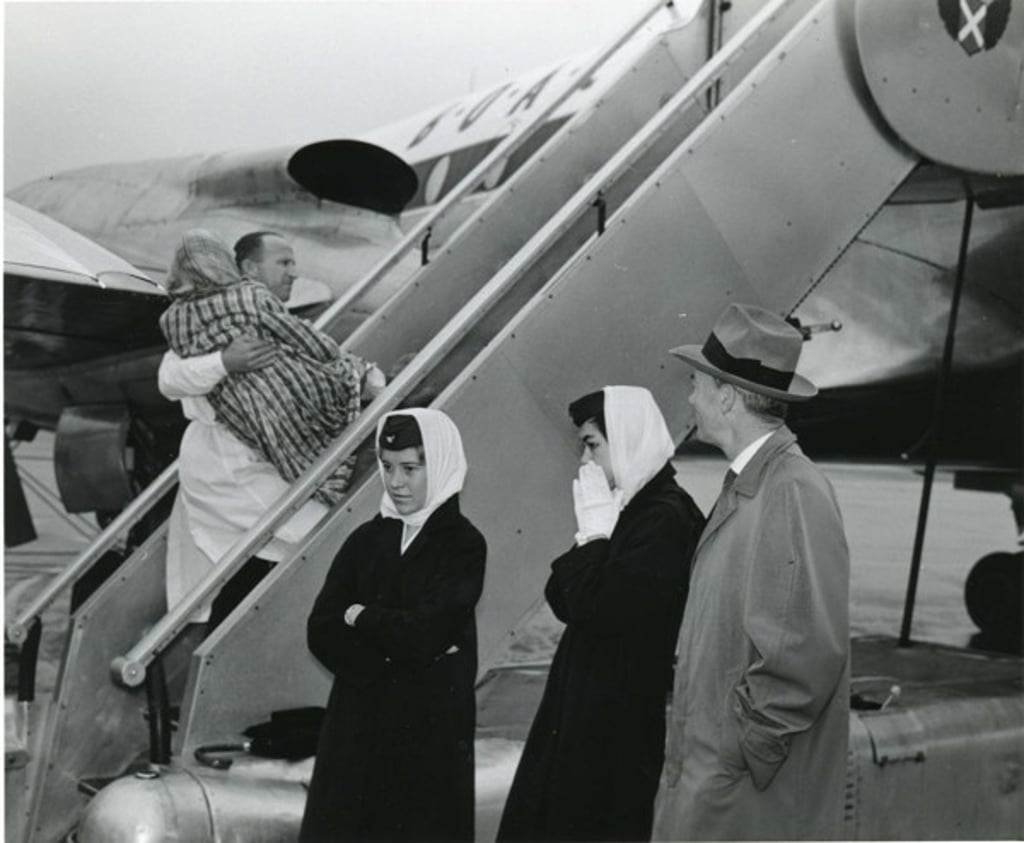Exhibition captures how Hong Kong once opened its arms to refugees
The city has at various times welcomed everyone from Vietnamese fleeing conflict at home to White Russians and mainlanders escaping the Cultural Revolution

Hong Kong has a complicated relationship with refugees, one compounded by the fact it’s not a signatory to the United Nations’ 1951 Refugee Convention.

To illustrate this history, the non-profit Centre for Refugees is staging “Under Our Shelter”, an exhibition looking at Hong Kong’s place as a haven for refugees.
“Despite a long history of being a place of asylum for people fleeing horror in some of our neighbouring countries, not a great deal has been written about our city’s modern history as a place of refuge,” says Vijay Harilela, a long-time supporter of the centre. “Our hope is that by learning more about our city’s history with refugees, and seeing success stories, we can combat negative stereotypes that often surround conversations involving refugees in Hong Kong.”

“There is nothing easy about the story we’re telling, but it’s one that needs to be told,” says Jonnet Kudera Bernal, manager at the Centre for Refugees.
